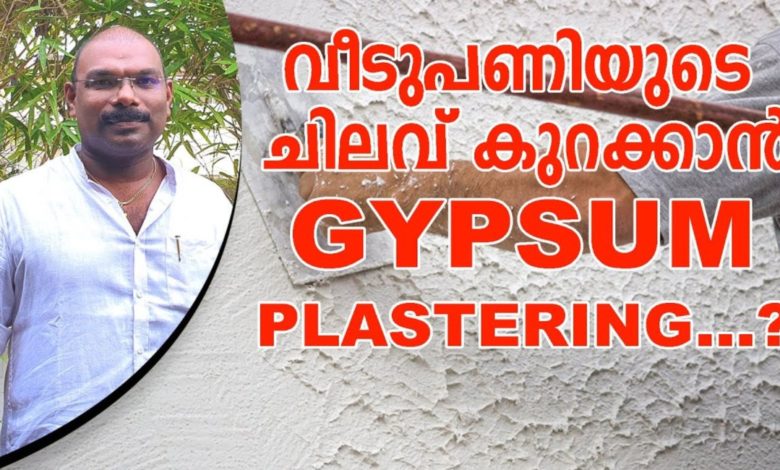Gypsum plastering to reduce the cost of housework

Houses are externally and internally plastered to triumph over deviation in plumb and line which are inherently passed off because of deviations in RCC and masonry wall, line and stage for my part. Also, there are numbers of joints in man or woman masonry guides and among RCC and masonry wall. These joints are at risk of rain water ingress. External plaster (Waterproofed) will become a need to give watertight envelope to a building.
External plaster is commonly carried out in double coat as arrived thickness is < 20mm. Internal plaster is commonly achieved in unmarried coat as arrived thickness is 12 – 15 mm. If thickness of plaster is greater than 15mm then double coat of internal plaster is recommended. A wall is plastered to a finish ready to get hold of paint coats on it. A proper plaster floor is essential for a excellent paint finish. Any imperfections in plastered surfaces get contemplated after a paint end which can be an eyesore. for watch detailed video about Gypsum plastering to reduce the cost of housework, see below. for getting daily updates follow our facebook page and click see first option in following button. if you interested this. give this post to your friends and relatives.for more videos, subscribe now:Home tech
Gypsum plaster, white cementing cloth made through partial or entire dehydration of the mineral gypsum, commonly with unique retarders or hardeners introduced. Applied in a plastic state (with water), it units and hardens via chemical recombination of the gypsum with water.
For in particular tough end plaster, the gypsum is completely dehydrated at high temperature, and such chemicals as alkali sulfate, alum, or borax are introduced. Hair or fibre and lime or clay may be introduced to the plasters for the duration of manufacture. The plaster coats, besides for a few finish coats, are sanded. See also plaster of paris.



